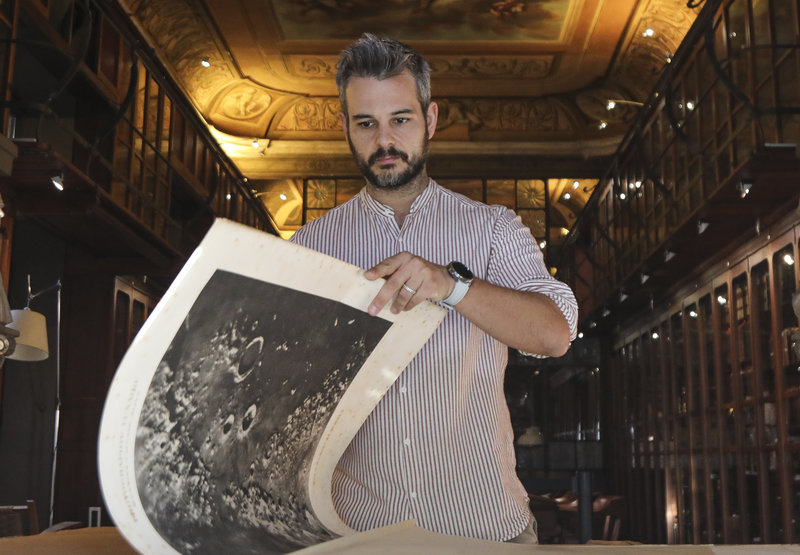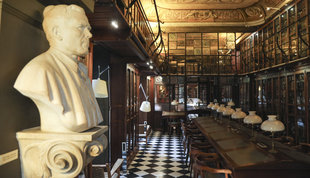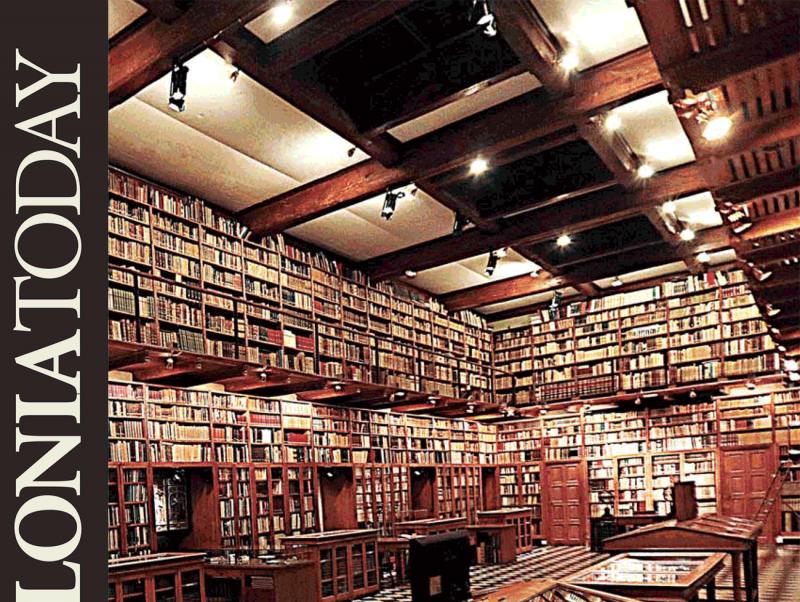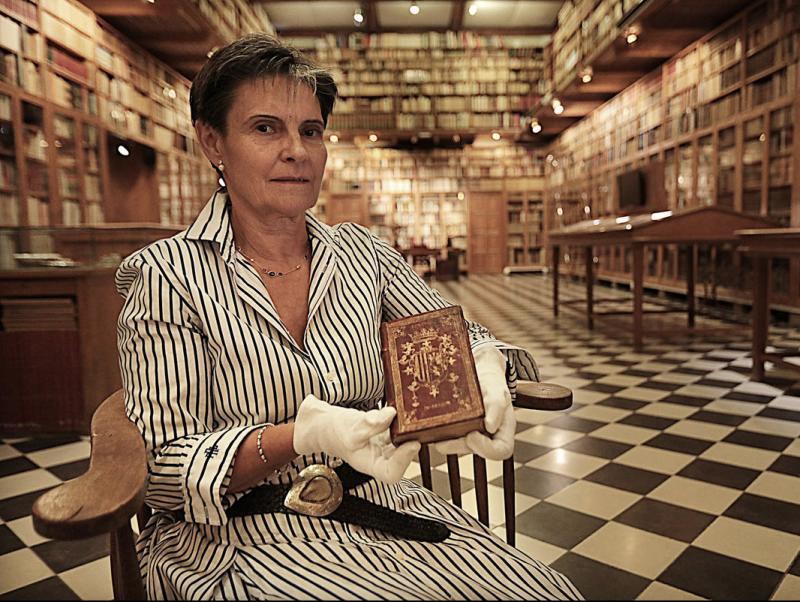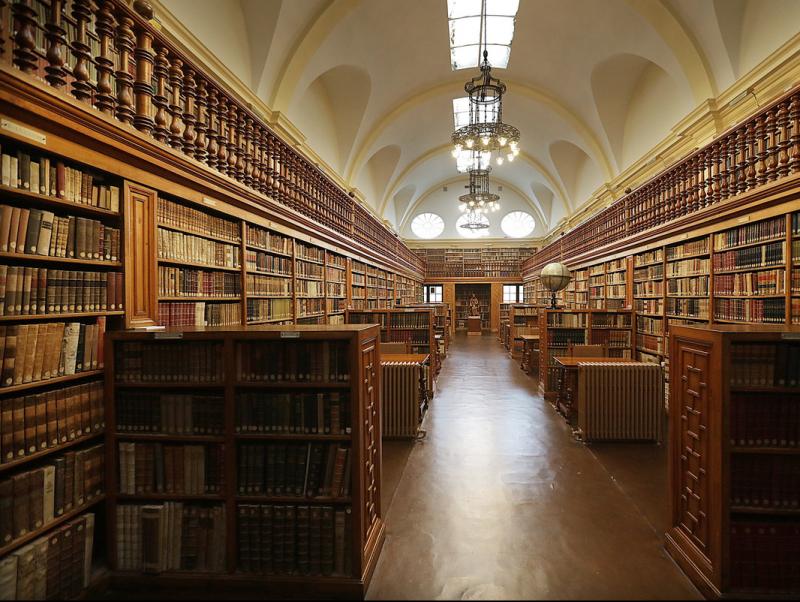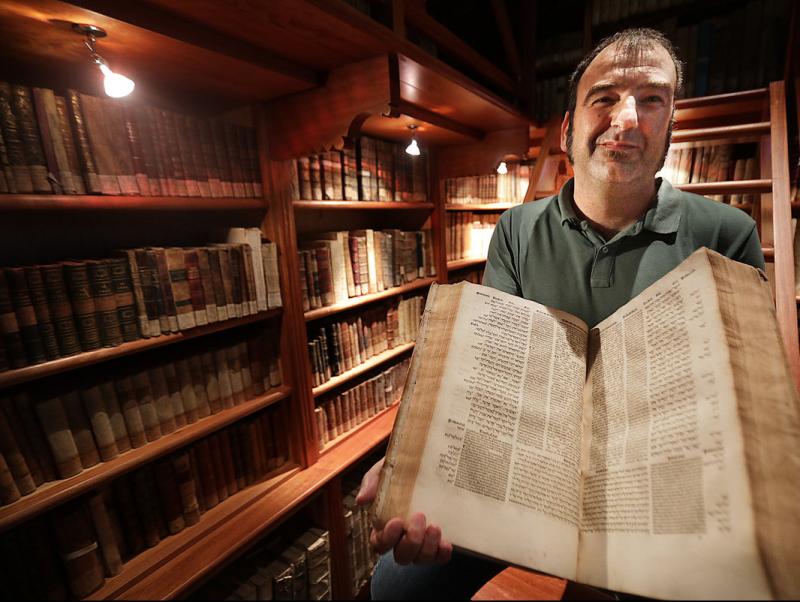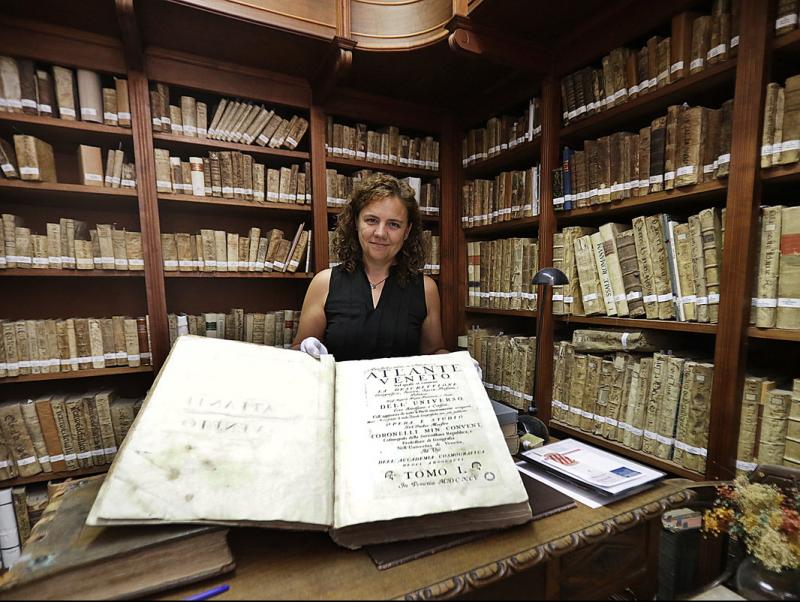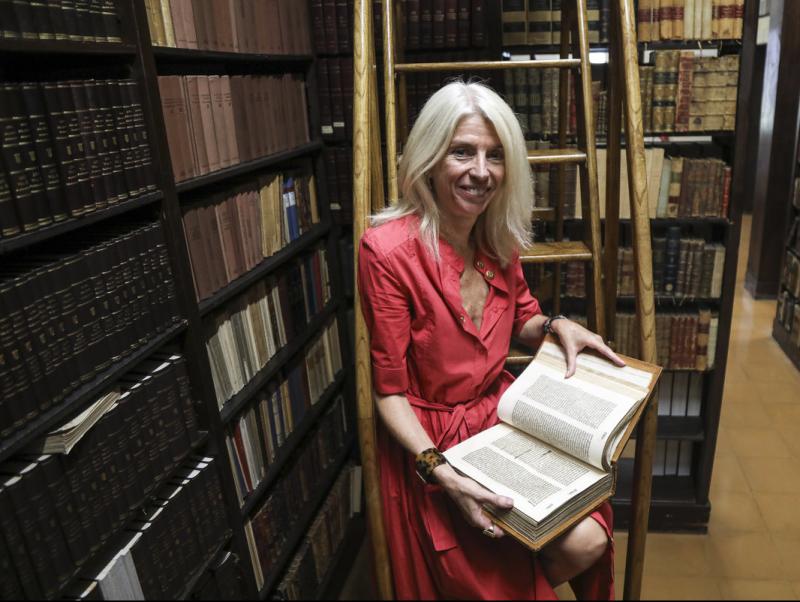ateneu barcelonés
Ateneu’s jewel
The library of the Ateneu Barcelonès (an athenaeum is an institution for the promotion of culture and learning), which is located on the first floor of the old Savassona Palace in the centre of Barcelona, is the jewel in the crown of one of the country’s most notable cultural institutions. Created in 1872 when the collections of the Catalan Centre and the Casino Mercantil Barcelonès were merged, during its more than 150 years of history the library has managed to gather together some 300,000 volumes, making it one of the largest book collections in the country. It is also one of the country’s most important collections and almost a third of the titles it contains that were published before 1901 cannot be found in any other library.
The Ateneu Barcelonès is also a significant example of how, at a time when the country lacked public facilities, many cultural organisations filled the gap. It should be borne in mind that the Library of Catalonia, created in 1914, would not be at the same level of the Ateneu Barcelonès in terms of the quantity and value of its bibliographic collection until well into the 1920s.
However, the uniqueness of this library lies not only in its book collection, which is the result of its long history and cultural significance, but also due to the building in which it is located, and in the rehabilitation of which participated the celebrated Barcelona architect, Josep Maria Jujol. The organisation’s website also points out that the library “is ideal as a setting for shooting films, documentaries and interviews with prominent figures in the cultural sector”. It is also ideal for letting time pass by with a good book in unparalleled surroundings.
Feature Culture and heritage
Photographic Atlas of the Moon
Year: 1894-1910
Printer: Paris Observatory
A lunar rediscovery
“We rediscovered this when the offices were re-done. It had not even been catalogued. This lunar atlas pioneered the use of photography in astronomy. It was the work of astronomers Maurice Loewy and Pierre-Henri Puiseux. The project began in 1894 but was not completed until 1910. It contains enlargements of detailed prints showing the Moon’s surface, one of the first to do so... it had a big impact.”

